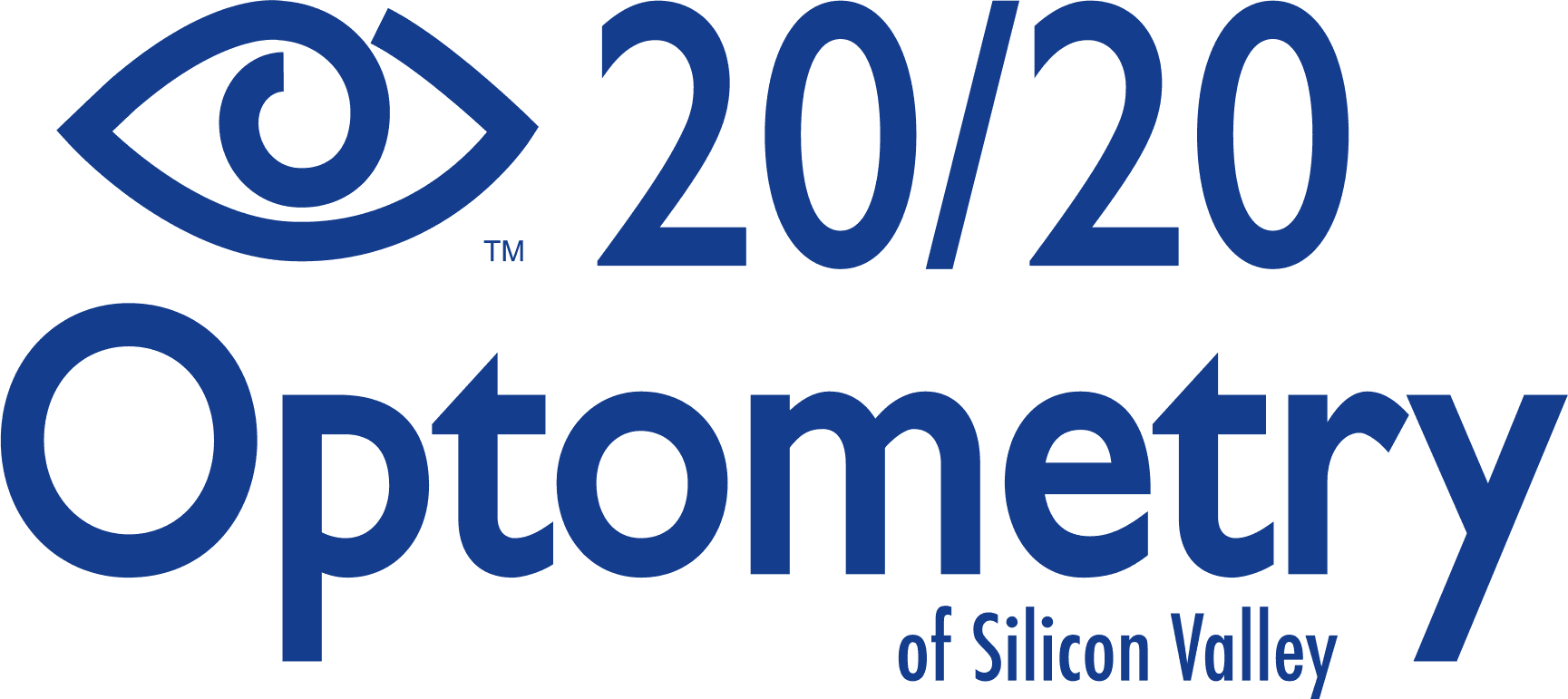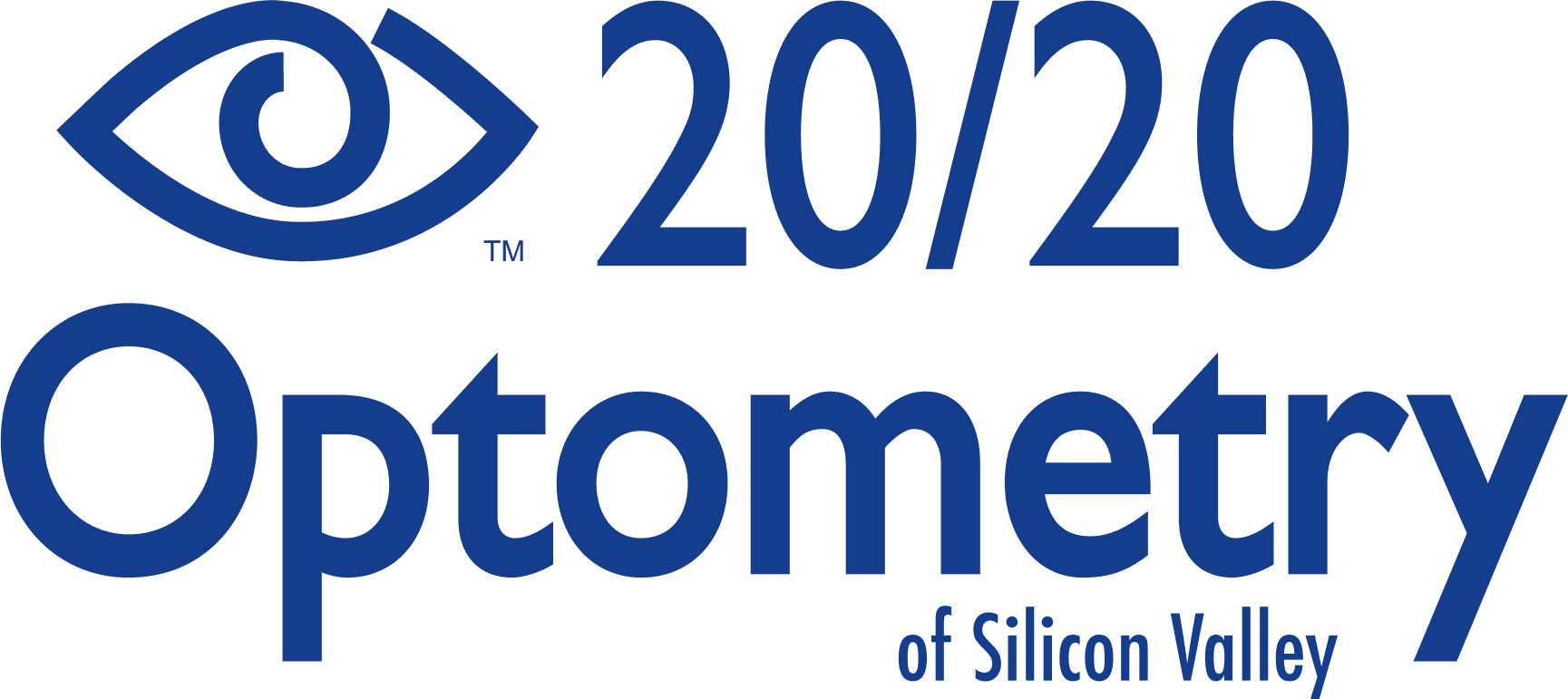Rosacea
Symptoms:
- Sensitivity to the light
- Blurred vision
- Watering eyes
- Eye crusting
- Eyelid inflammation, such as a stye/chalazion
Rosacea can affect the eyes and eyelids, it is commonly known as ocular rosacea. Ocular rosacea can cause red, irritated, burning or swollen eyes. If left untreated, ocular rosacea can lead to serious eye problems, such as corneal damage and vision loss. It is important to see an eye doctor if you have symptoms of rosacea.
Rosacea is a chronic skin condition that causes redness, flushing, and visible blood vessels on the face, primarily on the cheeks, nose, forehead, and chin. It can also cause acne-like bumps and skin thickening. Rosacea is more common in people with fair skin and is more prevalent in women, but more severe in men. The exact cause of rosacea is unknown, but it is believed to be a combination of genetic and environmental factors such as:
Environmental triggers: sun exposure, emotional stress, spicy foods, alcohol consumption and temperature change.
Inflammatory response: an overactive immune system can cause inflammation and redness.
Microorganisms: tiny mites called demodex that live on your skin. Some studies also suggest a bacterium called H. pylori found in the gut may play a role.
Treatment for rosacea and ocular rosacea may include:
- Topical creams and ointments
- Avoiding triggers like sun exposure, alcohol and spicy foods.
- IPL (Intense Pulsed Light) therapy
- Prescription medication
- Proper skin care routine and lifestyle change
- Laser
In severe cases, a combination of these treatments may be recommended. It is important to consult a doctor for proper diagnosis and individualized treatment options.
2555 NORTH FIRST STREET, SAN JOSE
We currently accept many different types of insurance.
HOURS OF OPERATION:
Mon, Tues, and Thurs: 10:00 - 7:00
Wed & Friday: 10:00 - 5:00
Weekends: Closed
We are closed for lunch from 1:00 -2:00 Monday through Friday




